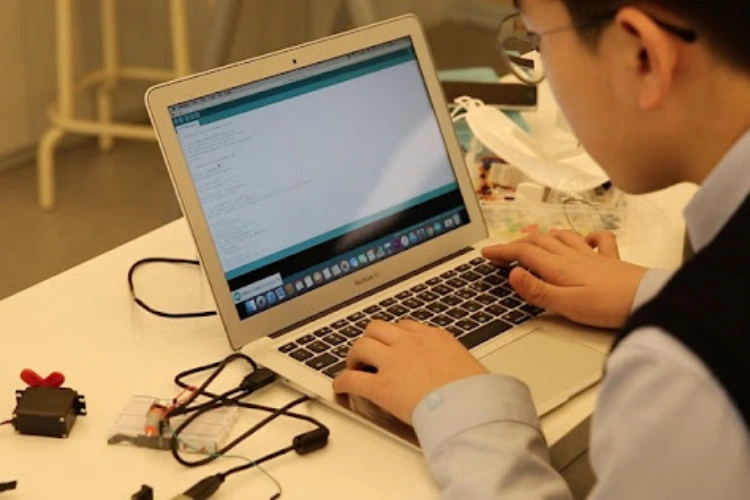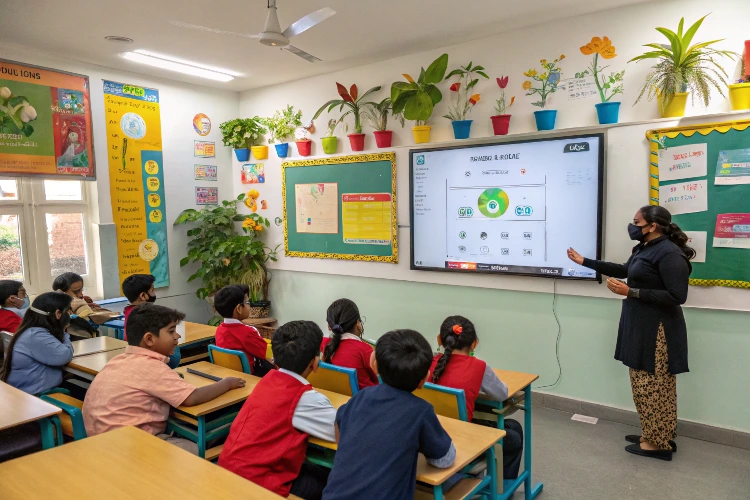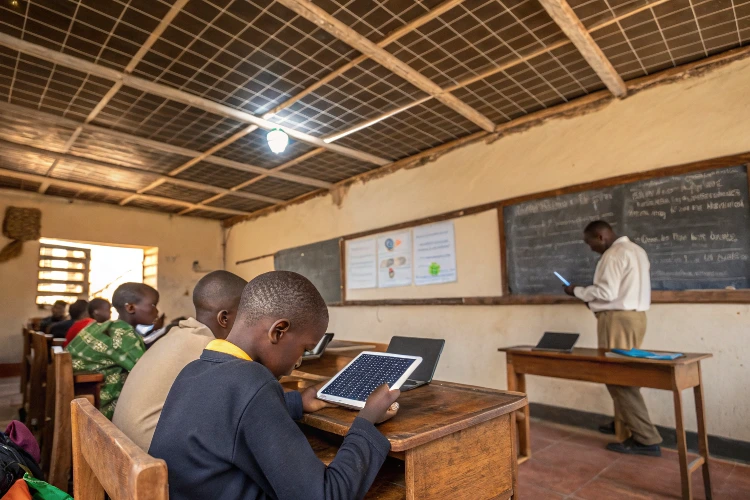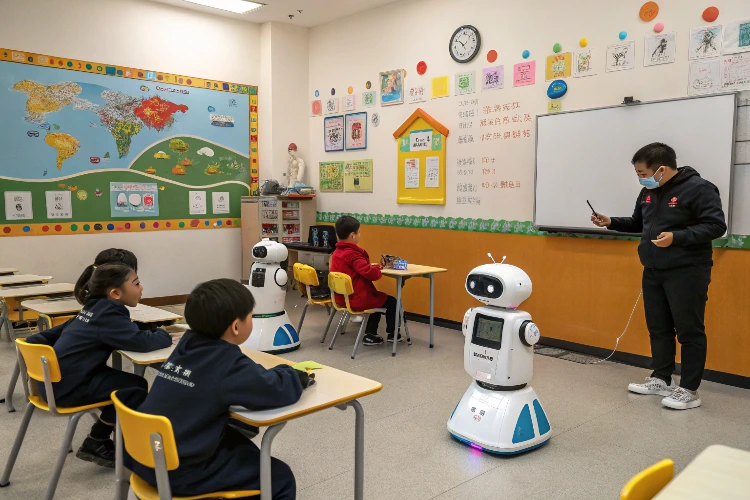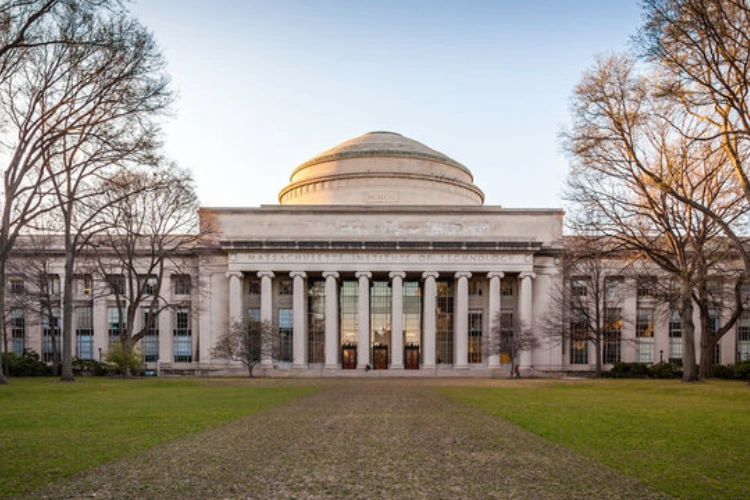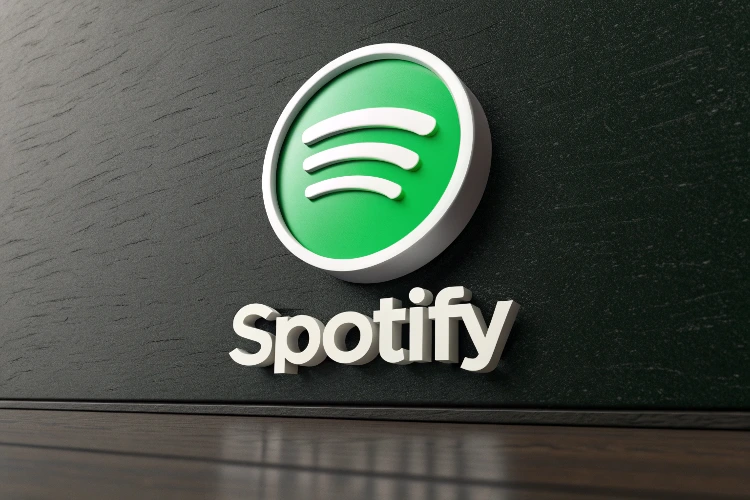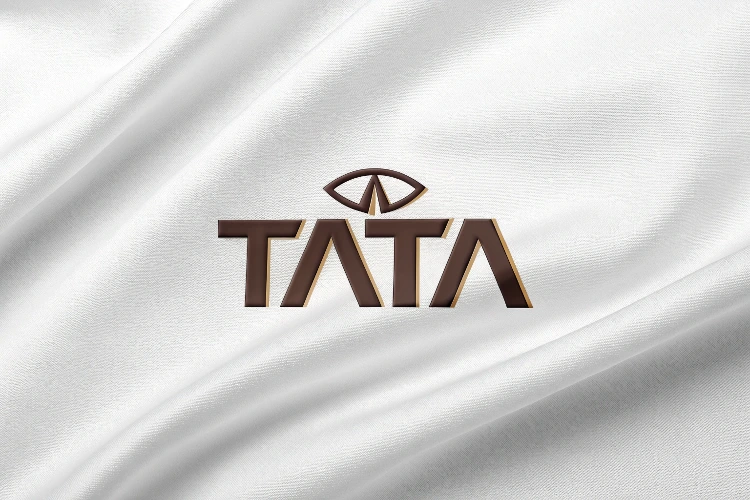South Korea Pushes Coding Curriculum Across High Schools
South Korea Pushes Coding Curriculum Across High Schools South Korea’s Ministry of Education has mandated a nationwide coding curriculum across all high schools, making computer programming a core academic requirement. The reform underscores the country’s long-term commitment to nurturing tech-savvy talent and maintaining global leadership in innovation. Elevating Digital Literacy to a National Priority Beginning with the 2026 academic year, all South Korean high school students will be required to complete foundational coursework in computer science, software development, and algorithmic thinking. The initiative is a key component of the government’s Digital Talent Development Strategy, which aims to create 1 million future-ready tech professionals over the next decade. “Digital fluency is no longer optional—it’s essential,” said Lee Ju-ho, South Korea’s Minister of Education. “This reform ensures that every student, regardless of background, is equipped to thrive in a technology-driven future.” Curriculum Components and Implementation Roadmap The coding curriculum will be standardized nationally, while allowing flexibility for regional adaptation. Core elements include: Python and JavaScript programming fundamentals App and web development projects Introduction to data science and computational thinking AI literacy, including ethics and model logic Cross-curricular integration with math, engineering, and design High schools will receive federal funding to upgrade digital labs, teacher training, and cloud-based coding platforms. Private-sector firms like Samsung, Naver, and Kakao have pledged support in the form of curriculum content, internships, and mentorship programs. Upskilling Educators and Closing the Equity Gap To enable smooth implementation, the Ministry is launching an intensive teacher certification and upskilling initiative, targeting over 30,000 educators by 2027. Specialized programs will focus on: Coding pedagogy and curriculum design Hands-on lab-based instruction Gender-inclusive classroom strategies Evaluation and performance tracking tools Efforts are also underway to bridge the digital divide through device subsidies and enhanced connectivity for low-income and rural schools. Positioning South Korea as a Global Tech Talent Hub This nationwide initiative aligns with South Korea’s broader ambition to become Asia’s leading hub for software engineering, AI, and digital entrepreneurship. By embedding programming in the national education pipeline, the government hopes to: Fuel the domestic startup ecosystem Bolster innovation in smart manufacturing, robotics, and biotech Prepare students for global careers in emerging tech sectors Strengthen cybersecurity and digital sovereignty through homegrown talent

